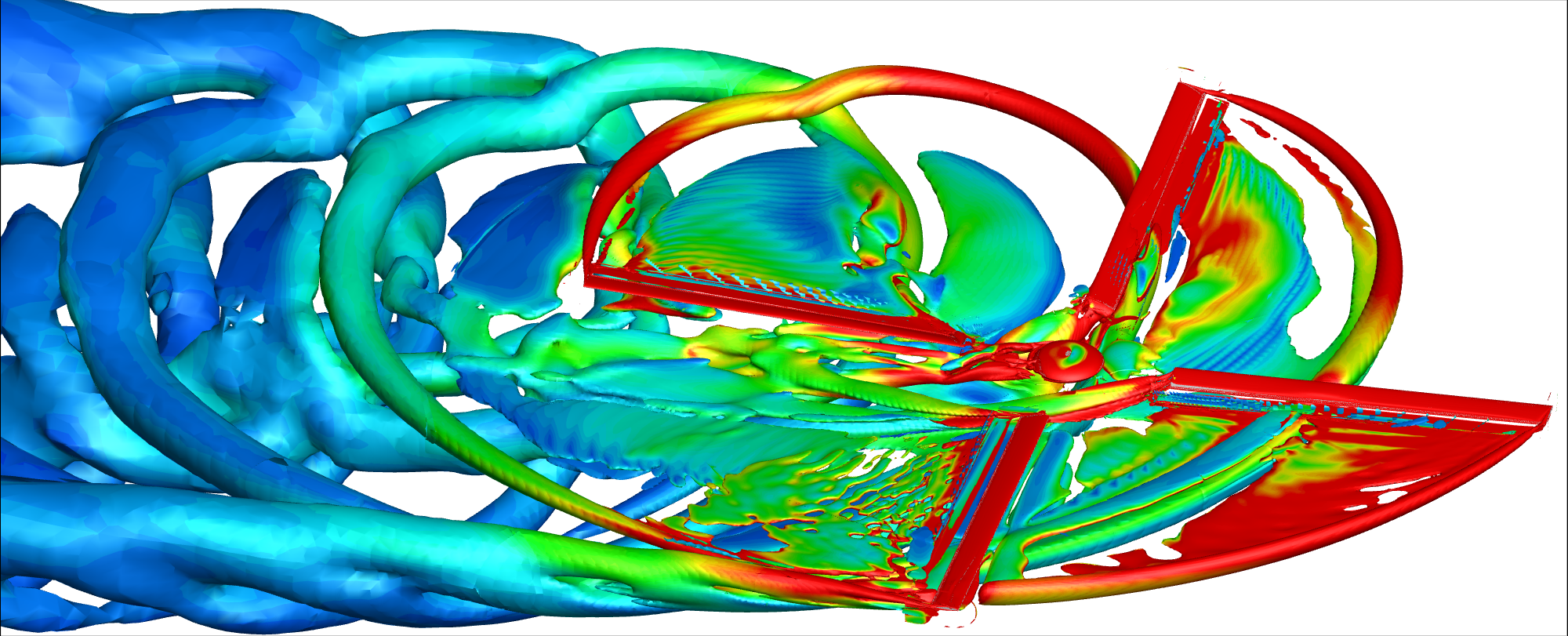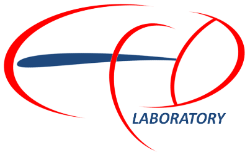STAR: Smart Twisting Active Rotor
Smart rotor blades featuring flaps, trailing edge extensions, morphing tips, active twist, etc. are currently studied to provide better performance over conventional designs. In the UK, the trailing edge flap has been extensively studied as part of projects like REACT and RTVP of Leonardo Helicopters. In Europe, the Clean Sky 2 project also considered main rotor blades with flaps of the Gurney type. In the US, model scale rotors with several trailing edge flaps have also been studied aiming at noise and vibration reduction.
The STAR project (Smart Twist Active Rotor) is an international effort looking at active twist blades. A conventional planform is used and fitted with piezoelectric Macro Fibre Composite (MFC) actuators that can change the twist in a static way (hover) and dynamically (forward flight). Glasgow University is working with the STAR team to deliver high fidelity aeroelastic modelling of the envisaged blade.
The performance, vibration and noise charactersics of the hovering and level flight are evaluated, while using and developing HMB3 and HMB Middleware of Glasgow. Both rigid and aeroelastic models are compared, and harmonic active twist results have been published.
The University of Glasgow leads the pre-test prediction effort of the high-speed rotor flight condition in the STAR project. It was found that a 2/rev active twist can improve the rotor efficiency and reduce the hub vibrations. With a 0/rev increase of blade twist, the vibration worsened. Results contributed to the high-load dynamic stall condition, predict a significant improvement of rotor efficiency and vibration with 2/rev active twist over the passive rotor. Increased static blade twist worsened the rotor performance and vibration.
Currently, a 3D-FEM structural model of the STAR is created and implemented in HMB3 to achieve a novel high-fidelity aeroservoelastic simulation of the piezoelectric, actuated rotor. Additionally, validation work is conducted using the harmonic balance method, to reduce turn-around time of active twist rotor cases, when compared to industry standard time-marching methods.
The experimental rotor blades have been tested in the whirl tower in 2023 and will be tested extensively at the DNW-LLF (German-Dutch Wind tunnels - Large Low-speed Facility).

Publications


This project at the University of Glasgow is funded by the Defence, Science and Technology Laboratory [dstl] of the UK, under contract number DSTLX10000129255.
Contact
George Barakos, Professor & Supervisor
Rinaldo Steininger, PhD Student

